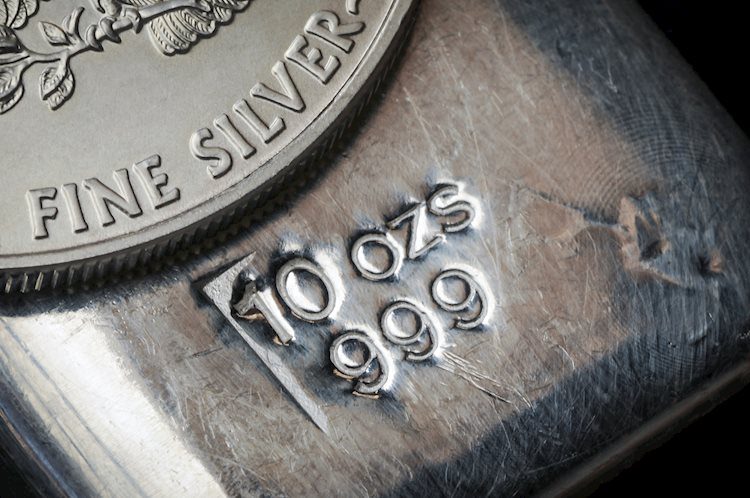Silver prices (XAG/USD) have shown a positive trend on Wednesday, trading at $29.60 per troy ounce, up 0.34% from the previous day. The prices have increased by 16.22% since the beginning of the year. The Gold/Silver ratio, indicating the value of Silver compared to Gold, was at 78.81 on Wednesday. This ratio can help investors determine the relative valuation of the two metals, with a high ratio suggesting Silver is undervalued and a low ratio indicating the same for Gold.
Silver is a precious metal that is traded widely among investors. It has been historically used as both a store of value and a medium of exchange. While not as popular as Gold, traders often turn to Silver to diversify their investment portfolios or as a hedge during high-inflation periods. Investors have the option to buy physical Silver in the form of coins or bars, or trade it through Exchange Traded Funds that track its price on international markets.
There are various factors that can influence the price of Silver. Geopolitical instability or fears of a deep recession can drive up Silver prices due to its safe-haven status, although typically to a lesser extent than Gold. Silver also tends to rise with lower interest rates, as it is a yieldless asset. The price of Silver is also impacted by the behavior of the US Dollar, since it is priced in dollars (XAG/USD). A strong Dollar can keep Silver prices in check, whereas a weaker Dollar can push prices higher.
Silver is widely used in industries such as electronics and solar energy, thanks to its high electric conductivity. Changes in demand from these sectors can impact Silver prices. The economies of the US, China, and India also play a role in price swings, as their industrial sectors use Silver in various processes. Additionally, consumer demand for Silver in India for jewelry purposes can affect prices. Due to these factors, Silver prices tend to mirror Gold’s movements, with both metals being considered safe-haven assets.
Overall, a high Gold/Silver ratio may indicate that Silver is undervalued, leading investors to potentially buy Silver or sell Gold. Conversely, a low ratio may suggest that Gold is undervalued relative to Silver. Silver prices can be influenced by various factors such as geopolitical events, interest rates, currency behavior, and industrial demand. Understanding these dynamics can help investors make informed decisions when trading Silver or considering it as part of their investment strategy.









